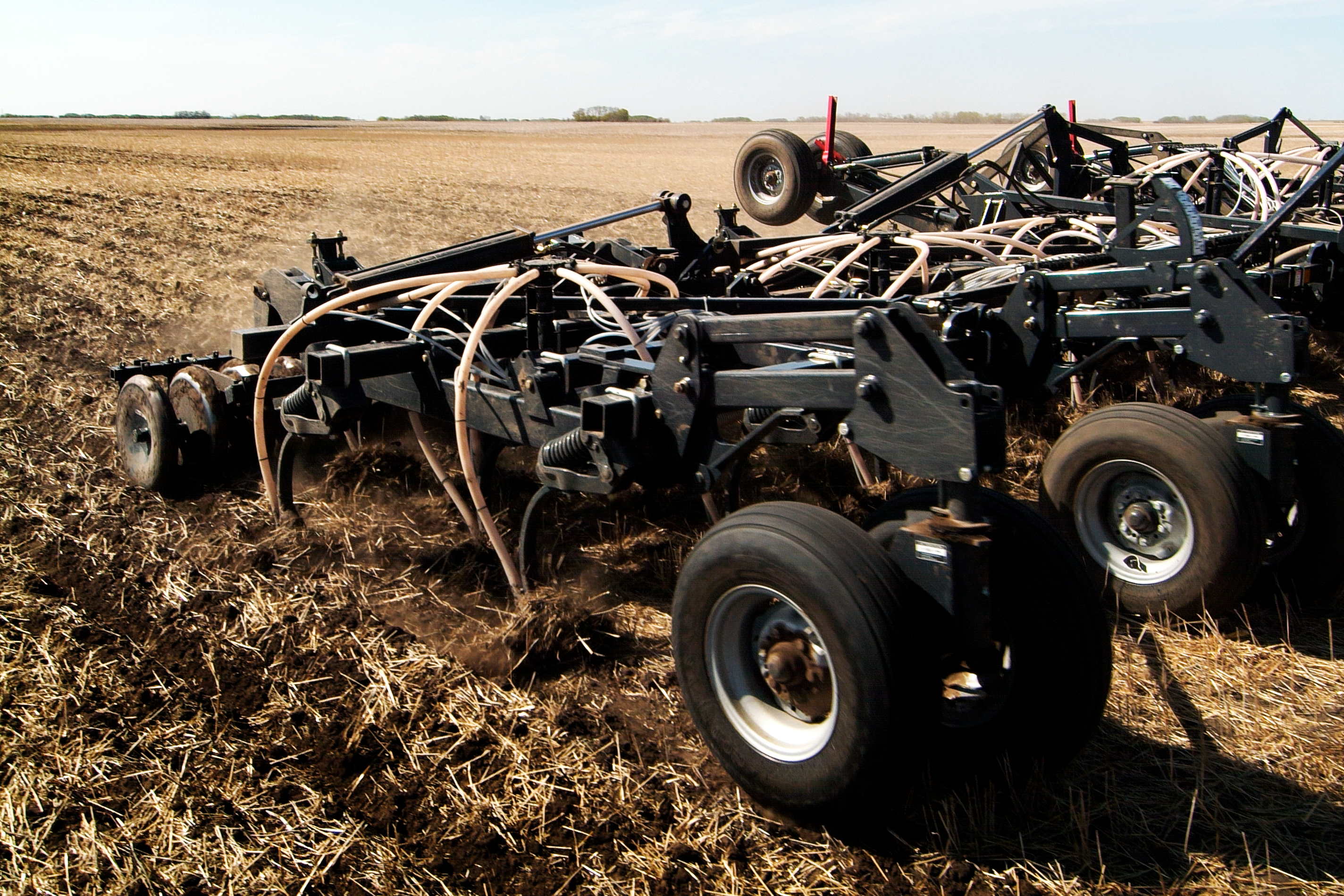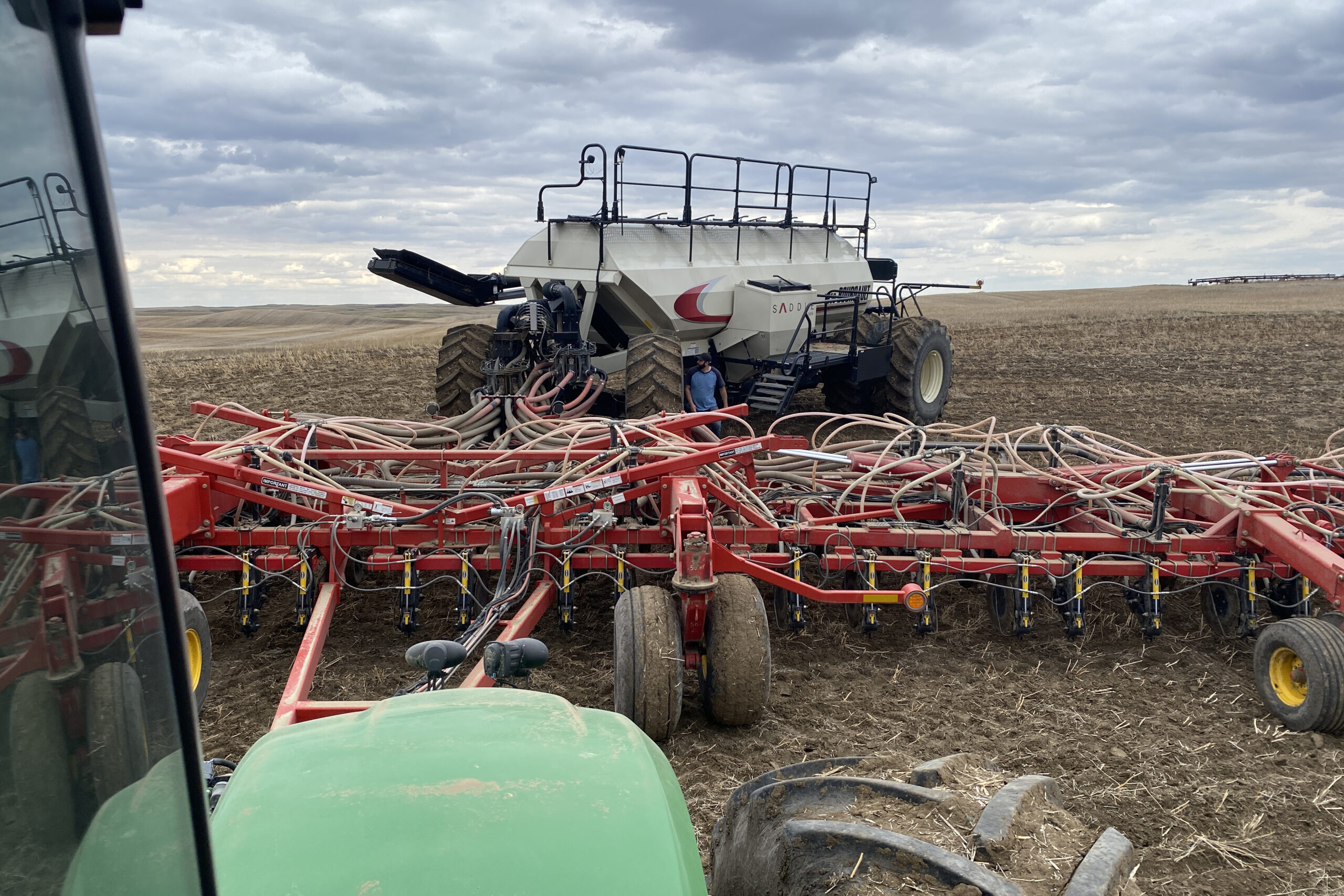By Marlene Boersch, Mercantile Consulting Venture Inc.
May 2021
Seeding has started on the Prairies and is progressing well at this stage. Current crop and new crop prices have been very strong this spring across virtually all commodities. Old crop commodities are largely sold, and the battle for acres across the different commodity groups has been especially strong. The one main detractor right now is worry about follow-up moisture to ensure proper germination and crop development.
Statistics Canada (StatCan) published their 2021 acreage intentions report just last week, so this can serve as the starting point to our discussion about the pea and lentil outlook for next crop year. For peas, StatCan delivered a bit of a surprise by stating they expect Canadian pea acres to drop by a significant 9.8% to 3.8 million (M) acres. Assuming average yields and StatCan acres, this would result in a 2021 pea production of 3.95 M tonnes, 14% smaller than last year’s. Carry-in stocks will be small. Agriculture and Agri-Food Canada (AAFC) shows 300,000 tonnes while Mercantile is calculating 250,000 tonnes, so available supply in this scenario would be at 88% of last year’s at best.
We do not believe that pea acres will not fall this much, but given average yields, even our numbers indicate a 5% drop in pea production and a 3% drop in supply.
The demand outlook is an equally important piece to the balance sheet, especially since pea exports have become dependent on Chinese imports to the tune of 81-82% of total. This does leave us exposed to the vagaries of an unreliable buyer. It also means we not only have to monitor edible pulse demand, but also the level of demand for protein feeds. Fortunately, the outlook is positive for both uses.
On the edible demand side, we have been watching the outlook with respect to food price inflation in developing countries. We expect that the recent steep increases especially in vegetable oil and feed grain values will steer additional demand towards high protein pulses.
Vegoils will fuel general food price inflation and expensive feed grains will doubtlessly cause meat prices to rise. Peas are still the lowest cost pulse crop, so they should see extra demand develop later this year as the commodity value increases make their way into the final food products.
Feed grains have appreciated very significantly fuelled by the tightness in corn supplies. As of late April, current crop corn futures at $7.02 per bushel (bu) are up twofold since last November (+USD 3.50/bu), and new crop corn at $5.46 is up by 15% (+USD 0.60/ bu). In comparison, current pea values have appreciated by 75% (+USD 3.60/bu) since last November, and new crop peas are up by 60% (+USD 2.80/bu) from the inception of early new crop prices. Peas also contain 23-24% protein compared to 9% in corn. Indeed, comparing the protein component value of peas to that in soybeans, the cost of pea protein has dropped from approximately 33% to only 30% of that in soybeans today.
Alongside the tight corn stocks, China has been actively trying to diversify the feed grains they utilize, which again favours the inclusion of peas in compound feed. However, this also resulted in China considering allowing Black Sea peas into the country in the coming fall. According to comments by the Ukrainian Pulse Federation, Ukraine is hoping to gain access to China as of September 2021. This could mean increased competition by other pea exporters into China, while this crop year Canada still enjoyed a 96% market share to that destination.
To refine the new crop demand outlook over the summer, we will watch China’s decision with respect to Ukrainian and Russian peas, the developments of African swine fever with respect to overall swine feed demand in China, and the feed grain and protein crop price developments throughout the growing season.
We are currently using a 3.6 M tonnes overall pea export number for the 2021/22 season. This is down from the 2020/21 season only because of likely reduced supplies. Domestic demand for peas is also becoming more important. Mercantile is using a total domestic demand number including dockage, feed, food, and fractioning demand of close to 1 M tonnes. Given this scenario, pea ending stocks next crop year will be modest again (approximately 160,000 tonnes, a tight 3% stock-use ratio).


The StatCan new crop acreage number for lentils came in at 4.2 M acres, down 0.3% from last year. Mercantile thought a small increase might have been possible given good prices, but canola and wheat numbers compete well with lentil returns this spring. Using zero increase from our acres last year against an average yield would generate a 2.8 M tonnes of lentils and result in a 3 M tonne lentil supply, about 3% smaller than last year’s. Note that AAFC numbers would indicate a 6.6% drop in supply.
We expect demand for lentils to be generally good for the same reasons cited in the pea section. Food price inflation is looming large, and high vegoil prices will be problematic for India. Pulse prices in India have firmed during harvest to be equal to or above Minimum Support Price levels (MSP), and we have seen red lentil values appreciate by nearly USD 60/tonne over the past month. This opens the possibility that the Government of India might review their import policies to allow an opening for imports potentially in June, as August/September/October is a major consumption period in India. We will have to see if this materializes.
Assuming close to the same imports by India, and the United Arab Emirates (UAE), slightly lower for Turkey, Mercantile is using a 2.6 M tonne export number for 2021/22. Domestic use is much less than for peas and we allocated only 250,000 tonnes to this category. Still ending stocks calculate to 162,000 tonnes, a pretty tight 6% stock- use ratio.
Marlene Boersch is an operating partner in Mercantile Consulting Venture Inc. More information can be found at www.mercantileventure.com.



